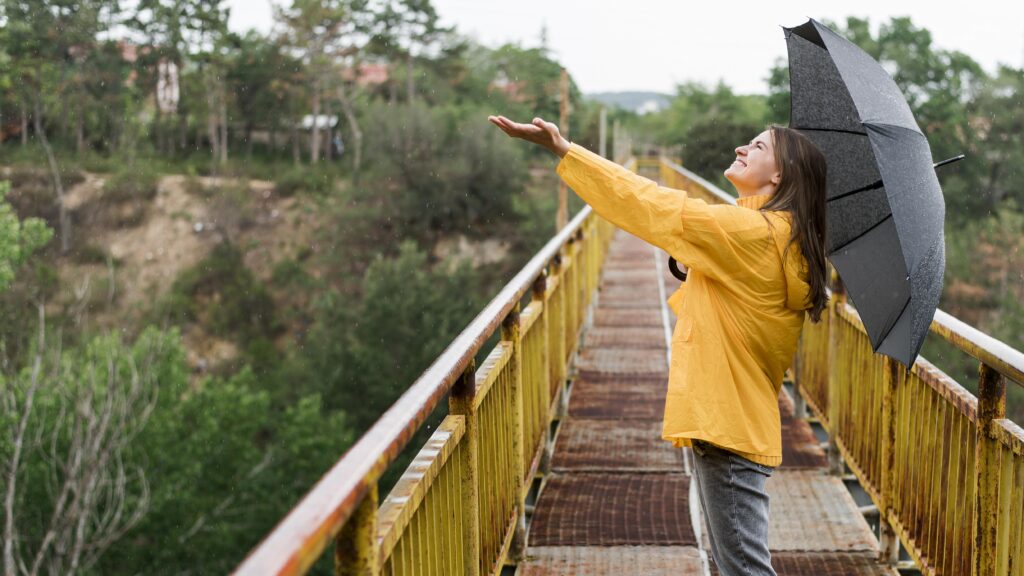Visual Rehabilitation
It is a very broad term and encompasses all that takes to improve the quality of life of an individual .It includes following components:
- Low Vision Aids
- Low Vision Assistive technology
- Supportive management

1. Low Vision Aids:
It includes aids that helps in:
A) Central part e. near magnification for Close tasks esp. Reading Handheld / Stand / electronic magnifiers.electonic magnifiers are gold standard but costly Electronic video magnifiers: They use a mounted / handheld camera to project a magnified image onto a separate screen (costliest).
B) Peripheral field, needed for orientation & mobility. Field expanders: Minifies, reverse telescopes or prisms to reduce entire fields into central fields or transfer peripheral field to central field But it helps patients only in static scenarios.
C) Night vision instruments to improve night. Training in using visual aid is very important as optic aids require certain working distances.
2 Low Vision Assistive Technology:
A) Central Vision (Near work):
- Smartphone applications
- Audiobooks, screen readers for mails, audio conversation for texts, moving texts
- Signature guides, plasticised marking
- Artificial intelligence like SIRI/
- Bold fonts , large print books for children.
B) Peripheral Vision
- Eccentric viewing(Seeing through the angles where vision is Intact,)
- Visual attention mechanisms, compensatory eye
C) Central Vision impairment:
Light reflex stimulation
D) Glare Control:
Adults –Tinted lenses
Children –Glasses with special absorptive filters and eye shields
The visual assistive technology needs to be taught, practised and adapted in daily life to improve and truly rehabilitate a person.
3 Supportive Management:
Rehabilitation support must include an approach that addresses psychosocial impact on patients and families. It must include a comprehensive approach involving the patient, his / her family, ophthalogist, orthotics, low vision aid consultant, neurologist, psychologist and occupational therapist as per each patient individual requirements.
It includes few simple things from consistent placement of items in house/ office to developing tactile.
Orientation and mobility to counselling for the depression and anxiety involved in the entire journey.
There are some futuristic treatments like gene Therapy and Argus III retinal implantation which might help in reducing the intensity of the problem.
I would also like to highlight a few important take –home messages:
1) Diet:
Maintaining a diet rich in Vitamin A and Lutein found in colourful fruits and vegetable goes a long way in preserving vision in normal as well as affected individuals.
Intact in retinitis pigmentosa combination of Vitamin A and Lutein is given as supplement to prevent progression.
2) Ophthalmic Eye check-ups:
Eye testing is an absolute must for every individual child / adult. Annual screening is the way to avoid problems / foresee them.
Half yearly/ quarterly follow ups for people suffering from eye diseases is recommended.
Screening is an absolute must in hypertensive, diabetic patients having family H/O glaucoma or any retinal degeneration, as soon as detected / diagnosed.
Special request would be to visit an ophthalmologist for any eye pain, redness or blurring (transient or persistent) instead of buying eye drops the counter & self-medication should be absolutely avoided.
I would like to add a note on the underestimation of power and use of glasses and the over fuss created by parents on their kids being detected as having refractive errors. Long-standing uncorrected refractive errors and squints leads to amblyopia. A timely check-up & glasses thus goes a long way in preserving vision.
I would categorically mention that Cataract (except congenital) are not included in the aegies of causes of low vision aids, as simply put they are the most correctable and treatable visual disorders and when operated upon are capable
of amazingly restoring vision, unless of course some additional pathology co- exists.
I would like to conclude saying that “There is light, at the end of the Tunnel” provided sufficient efforts are taken with timely diagnosis and expert management; involving a holistic approach and positive mind-set.
Dr. Priti Deshpande MBBS, DOMS
Anil Eye Hospital Dombivli (East)
Recent Post
Best Lasik Eye Surgery: It’s Procedure and Benefits
Understanding Best Lasik Eye Surgery What is LASIK? How Does LASIK Working? Benefits of LASIK Eye Surgery Procedure of Best Lasik…
Eye Care Routine for Maintaining Good Eye Health During Monsoon
Maintaining Good Eye Heath During Monsoon Common Eye Allergies Eye Care Tips To Prevent Your Eyes From Damage Maintaining good eye…
Dry Eye: The importance of tears in maintaining healthy eyes
Dry Eye: The importance of tears in maintaining healthy eyes Understanding Dry Eye Managing Dry Eye Syndrome Dry Eye: The importance…



